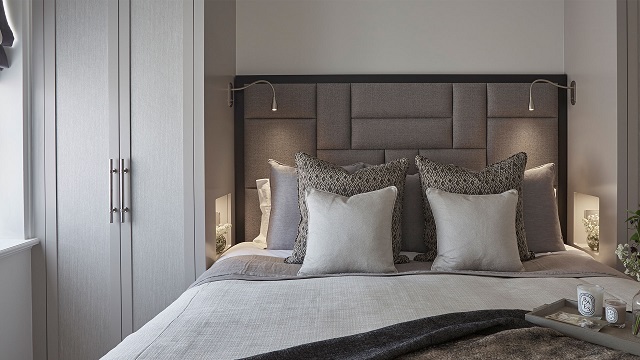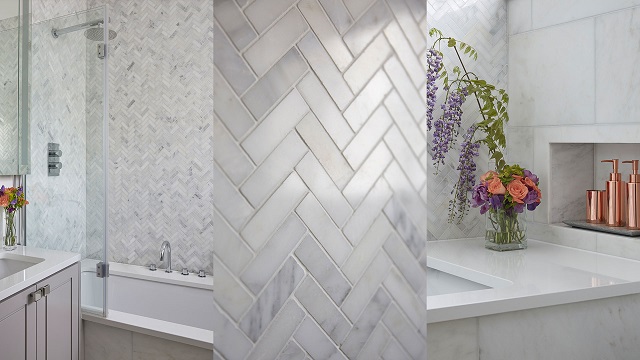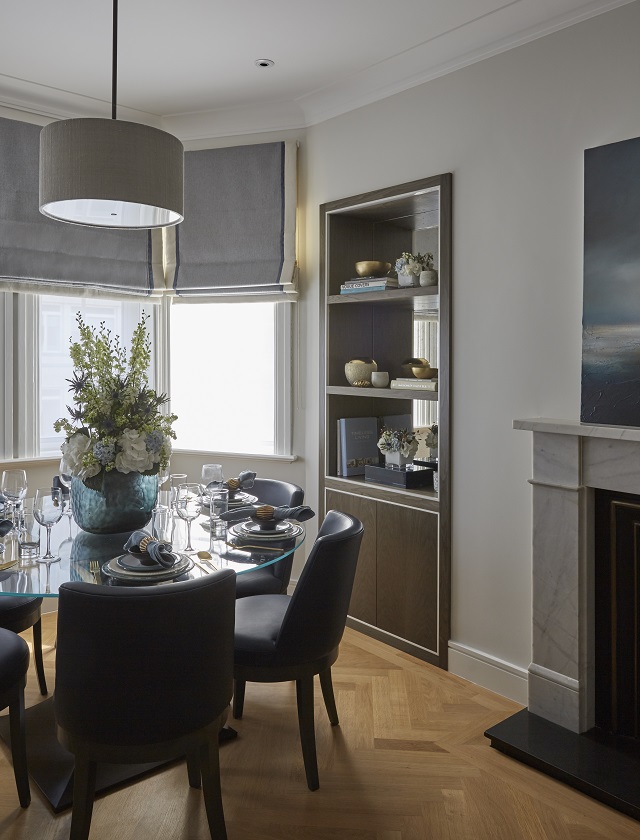
There’s an element of elitism in the interior design world that was evident to me from the moment I dipped my toe into this industry. It wasn’t something that I’d really considered much before reading Sophie Robinson’s recent blog post ‘do you need to be posh and rich to be an interior designer?’. I simply thought that if the snobbery was so evident to me, then it would be to clients too – and not everyone is into all that ‘it MUST be smallbone darling’ nonsense. Not that I have anything against smallbone, but just that constraining design by labels simply restricts the end finish.
I was once interviewed for a job by a very well-known interior designer and rather than ask me about my experience, they were more interested in where I lived, how old I was and even asked whether my son was planned. Needless to say I pulled out of the process!
Last year, I went along to a KLC school of design open day where expectations of success were set early on. Interior design is tough and you can’t expect to walk out with a diploma and walk straight into the arms of a fee-paying client. I don’t know about other schools, but this one in particular does offer opportunities to its students such as the opportunity to be involved on Grand Designs Live as well as real practical design work. Many of these opportunities are restricted to full-time students however, and at a cost of over £25,000 for the one-year full-time course, it’s not for everyone! Yes there are bursary options and that is worth considering if you or your parents don’t have deep pockets. But getting onto this course the regular way is certainly only an option for someone with serious funds.

Olive Design Studio
One of the main problems with interior design is that it’s not professionalised. Yes you can become a BIID member if you have the relevant qualifications and experience, but you do not need a license or a diploma to practise. Anyone can show up and call themselves an interior designer and there aren’t any clear professional standards to follow. While you’d think this would open up doors for those unable to afford to study – what you end up seeing is plenty of bored wealthy housewives becoming interior designers and gaining success through their vast contacts of wealthy people in the neighbourhood. In bespoke residential design, the vast majority of clients come through referral and for successful practices, this can be up to 90%. Getting your foot through the door is really tough. So the wealthier your Facebook friendship list is – the better chance you have of getting clients. Harsh but true.
Interior design is often seen as an elitist industry as it’s not a necessary commodity… think of your regular Victorian two up-two down terrace looking for an extension or two. Many families will save up to have the work done and if they want a half-decent design that’s likely to go through planning – they’ll hire an architect. But more likely than not, their budget won’t stretch to hiring an interior designer. It’s a luxury service and designers get hired on recommendation. Unfortunately standard of service and talent doesn’t always go hand-in-hand with this…

Olive Design Studio
How does this all differ in architecture? Well the process to qualify as an architect is notoriously hard. A minimum of 7 years of study costs money and if you’re lucky, you’ll find a job with a company who will sponsor your part 3. With the increasing cost of tuition fees, these kinds of degrees are becoming less accessible. But once you get that badge as an architect, you’re automatically granted a level of respect with clients. It doesn’t matter who you are or what your background is, that architecture qualification offers instant kudos.
So what’s changing?
Well with the advancement of learning technologies, interior design qualifications are more accessible now. You can get an online diploma within a couple of years and fit it around your work and family commitments. Plus it’s a hell of a lot more affordable than a full time diploma. This means that it doesn’t matter where you live, you can become a qualified interior designer and not have to leave your job…

Olive Design Studio
Social media and blogging has raised the profile of the little people. Talent for design details and communicating concepts is applauded based on merit and not your bank balance. Your network is as important online as offline. It won’t guarantee you customers, but it’s an important way to raise your profile and showcase your work as well as engage with your peers.
As Sophie quite rightly said in her post, the interior design sector is niche and clients are few in numbers. But my hope is that with shows such as The Great Interior Design Challenge and Grand Designs and the proliferation of interior design blogs and social media channels – it’ll encourage clients to move outside of their comfort zone! Interior design isn’t easy to get into – but there aren’t many professions which are. They all take hard work, networking and talent to get ahead. Having a comfortable back balance can help to get a step-up, but it doesn’t give you the drive and passion to succeed.
* All images are by Olive Design Studio – winners of the Best Interior Design Apartment London Award in United Kingdom Property Awards 2016
Natalia xo
